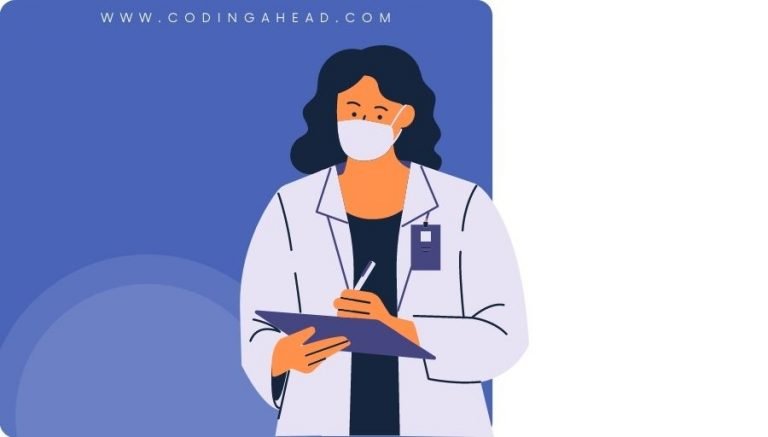How To Use CPT Code 88362
CPT 88362 describes the procedure of examining a nerve biopsy specimen using nerve teasing preparations. This article will cover the description, official description, procedure, qualifying circumstances, appropriate usage, documentation requirements, billing guidelines, historical information, similar codes and billing examples.
1. What is CPT Code 88362?
CPT 88362 can be used to describe the procedure performed by an analyst to examine a nerve biopsy specimen using nerve teasing preparations. This histological method involves isolating and assessing a nerve fiber for abnormalities. The analyst stains a nerve segment black, carefully separates nerve fibers on a glass slide using forceps and a microscope, and records images of the nerve for further examination.
2. Official Description
The official description of CPT code 88362 is: ‘Nerve teasing preparations, histological method of preparing and isolating a nerve for microscopic examination.’
3. Procedure
- The analyst stains a nerve segment black to enhance visibility during the examination.
- Using forceps and a microscope, the analyst carefully separates nerve fibers on a glass slide.
- The separated nerve fibers are dried for several hours.
- The analyst examines the nerve for abnormalities and records images of the nerve for further analysis.
4. Qualifying circumstances
CPT 88362 is performed when a clinician orders a nerve biopsy to help diagnose peripheral nerve disorders. This procedure is not limited to testing for specific conditions but can aid in the diagnosis of conditions such as amyotrophic lateral sclerosis (ALS) or Lou Gehrig’s disease, which causes respiratory and limb muscle weakness.
5. When to use CPT code 88362
CPT code 88362 should be used when an analyst performs the procedure of examining a nerve biopsy specimen using nerve teasing preparations. It is important to ensure that the procedure aligns with the official description and is necessary for the diagnostic process.
6. Documentation requirements
To support a claim for CPT 88362, the documentation should include:
- Reason for ordering the nerve biopsy and the need for microscopic examination
- Details of the nerve teasing preparations performed, including staining, separation of nerve fibers, and drying
- Date and duration of the procedure
- Images or records of the examined nerve for further analysis
7. Billing guidelines
When billing for CPT 88362, ensure that the procedure aligns with the official description and is performed by an analyst. It is important to follow the specific guidelines provided by the payer regarding documentation and coding requirements. Additionally, consider any applicable modifiers or reporting instructions provided by the payer.
8. Historical information
CPT 88362 was added to the Current Procedural Terminology system on January 1, 1990. There have been no updates or changes to the code since its addition.
9. Examples
- An analyst performs nerve teasing preparations on a biopsy specimen from a patient with suspected peripheral nerve disorder.
- During the procedure, the analyst carefully separates nerve fibers on a glass slide for microscopic examination.
- The analyst stains the nerve segment black to enhance visibility and records images of the nerve for further analysis.
- A clinician orders a nerve biopsy to aid in the diagnosis of a patient with symptoms of amyotrophic lateral sclerosis (ALS).
- The analyst performs nerve teasing preparations on the biopsy specimen to assess the nerve fibers for abnormalities.
- Using forceps and a microscope, the analyst separates the nerve fibers on a glass slide and records images of the nerve for further examination.
- An analyst performs nerve teasing preparations on a biopsy specimen to investigate a suspected peripheral nerve disorder in a patient.
- During the procedure, the analyst carefully separates the nerve fibers on a glass slide and stains the nerve segment black for better visualization.
- The analyst examines the nerve for any abnormalities and documents the findings.
- A clinician orders a nerve biopsy to assist in diagnosing a patient with symptoms of peripheral nerve damage.


